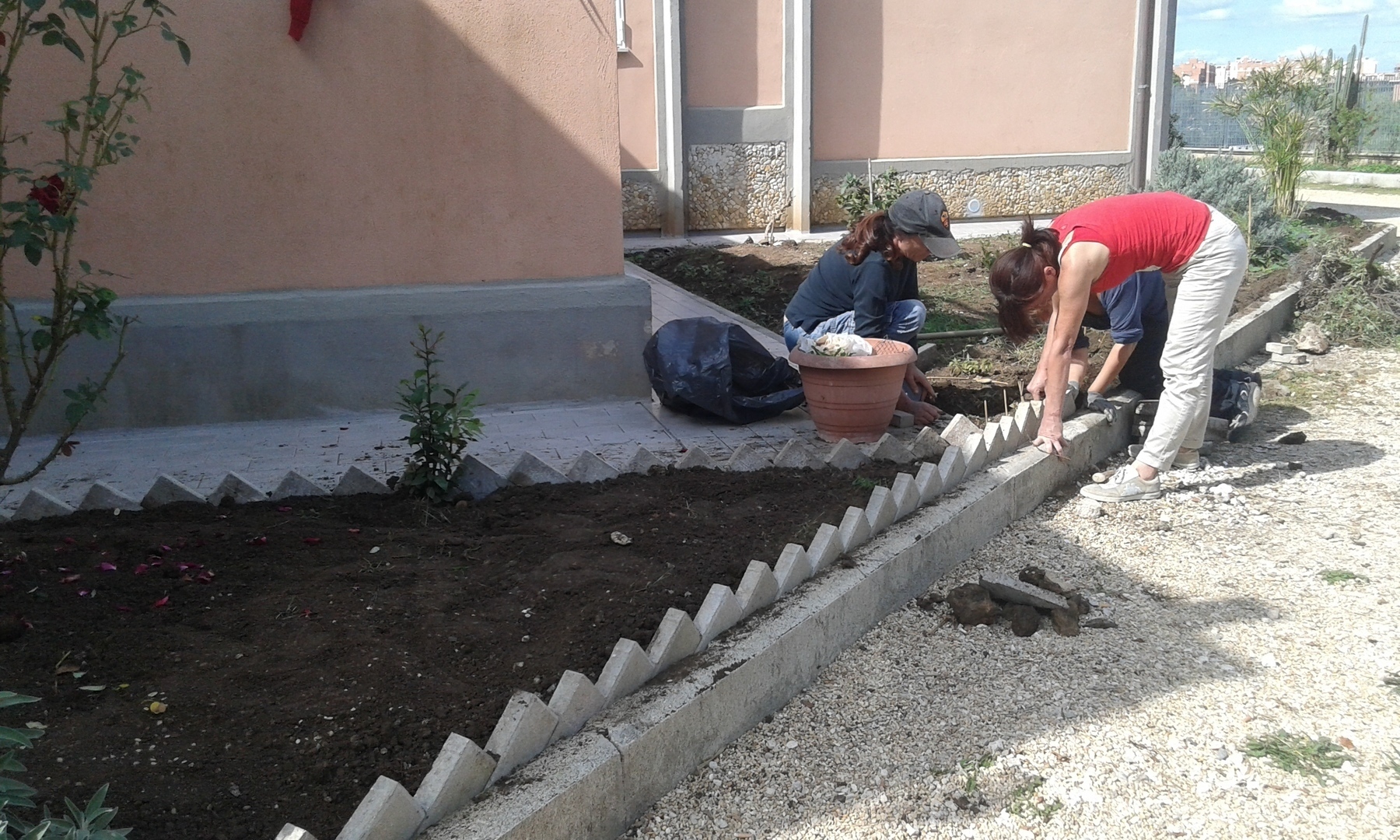
Cooperative Inventare l’abitare was founded in 1996 to provide social and public buildings without increasing land consumption and therefore without further overbuilding. In order to meet this goal, the cooperative aimed to reuse abandoned public buildings with a cooperative approach. According to the principle of subsidiarity in local administration, the Cooperative has set in motion the necessary skills to design self-revitalisation projects.
Self-revitalisation projects entail a new approach that at the same time enhances public property and responds to the need for social housing in the city of Rome. Self-revitalisation projects are therefore based on a participatory approach that, from the earlier stages, involves the people who will be living in those buildings; it makes them part of a group, and it enables them to get a loan for home interior renovation, while the renovation of the external parts and substructure of the buildings is paid by the local administration as they remain in public ownership. Thanks to this approach, providing a house costs less than half of the cost of building a new one, thus allowing low-income people to access affordable housing.
To date, in 2017, there are 400 people involved in this project: 114 very heterogeneous households consisting of young precarious workers, couples, migrants and even large families. Eight buildings have been entrusted to the Cooperative; in 6 of them self-revitalisation works are finished and people are already living there.
The Cooperative organises regular meetings in order to discuss and make decisions about the strategy to adopt when facing delays to the revitalisation works caused by the local administration, as well as other issues related to projects, management of problems or difficulties encountered.
People who are involved in this experience have the chance to tackle both the housing and income issue in a very concrete way. In fact, self-revitalisation projects allow people to significantly reduce the burden of rental housing costs, and thus have more disposable income to improve their quality of life. In addition, community bonds become stronger thanks to the participatory approach in terms of designing and sharing common spaces. This experience develops a different way of living that for many people resulted in social inclusion and a new form of citizenship.
The self-revitalisation projects allow these buildings to take on a new life through change of use: the former school in Colle Salario, for instance, houses a community-based gym that carries out social and cultural activities for the neighbourhood. In the Spinaceto neighbourhood, a former abandoned kindergarten has been turned into 8 wellings, and the park surrounding the building has been brought back to life by dwellers. In other cases, community vegetable gardens were created.
For more details, you can read the storytelling of Cooperative inventare l'abitare in the book "Generazioni Precarie. Una conricerca tra percezione del rischio, bisogni emergenti, welfare dal basso”, that is part of “Commonfare Book Series“
Here the complete report in english
For more details, you can read the storytelling of Cooperative inventare l'abitare in the book "Generazioni Precarie. Una conricerca tra percezione del rischio, bisogni emergenti, welfare dal basso”, that is part of “Commonfare Book Series“
Here the complete report in english